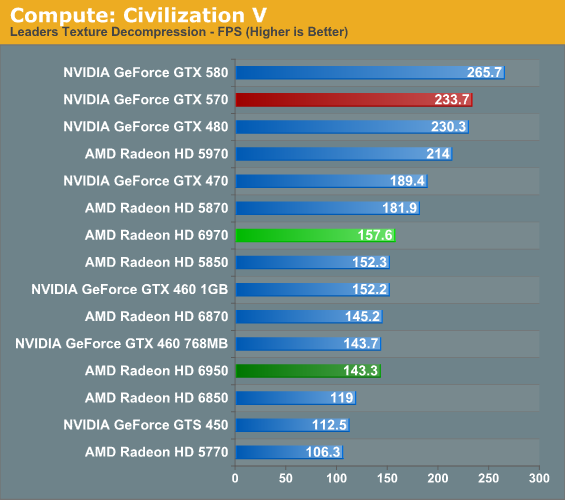reading cartsens and similar posts Im getting lost is there any sort of online resource that explains what the following are
wiki is not helping me here
Transcendentals (the properties of being according to wiki

)
scalars
vectors (thought a vector was a speed + direction)
Transcendentals:
As Carsten said already, basically logarithms, exponentials, trigonometric functions and in this frame also square roots and divisions/reciprocals, even as those are technically (I should say mathematically) not transcendental functions. In general, transcendental functions cannot be expressed by an algebraic equation (a reciprocal can quite easily for instance: f(x)=1/x). But as said, in this frame one often subsumes everything which is more "complicated" than the basic operations of addition, multiplication, multiply-adds, bit manipulations and such stuff.
scalar:
A quantity which can be represented by a single value (number).
vector:
A quantity, which is represented by a list of values (numbers).
Historically, vector means "carrier" (carrying something from one point to another, in biology it has still this meaning). In geometrics, it gives a direction and a distance in some space with some number of dimensions (independent axes in space). In practice, this can be expressed as a list of numbers, one number for each dimension (the distance along the according axis). In this sense, its meaning got generalized to name either something which points somewhere (can even be a scalar value

) or basically just something which is represented by a list of values (like a column of a table).
As you mentioned speed, this is a vector quantity in physics as it is given by the absolute value (magnitude) and a set of angles in space or alternatively the components of the velocity along each axis of the space. That means the velocity is only completely given if you use a list of values, a.k.a. a vector.


